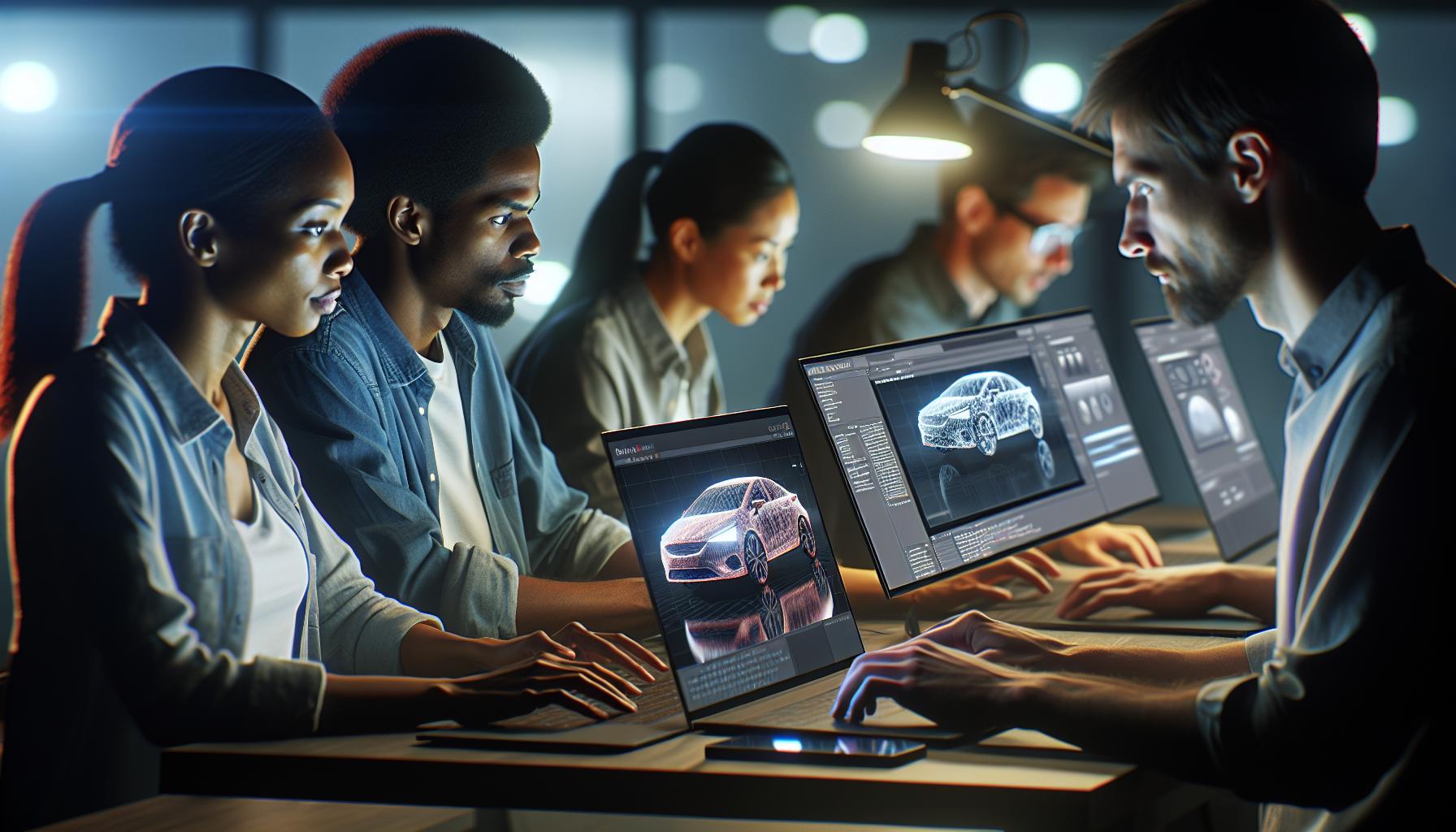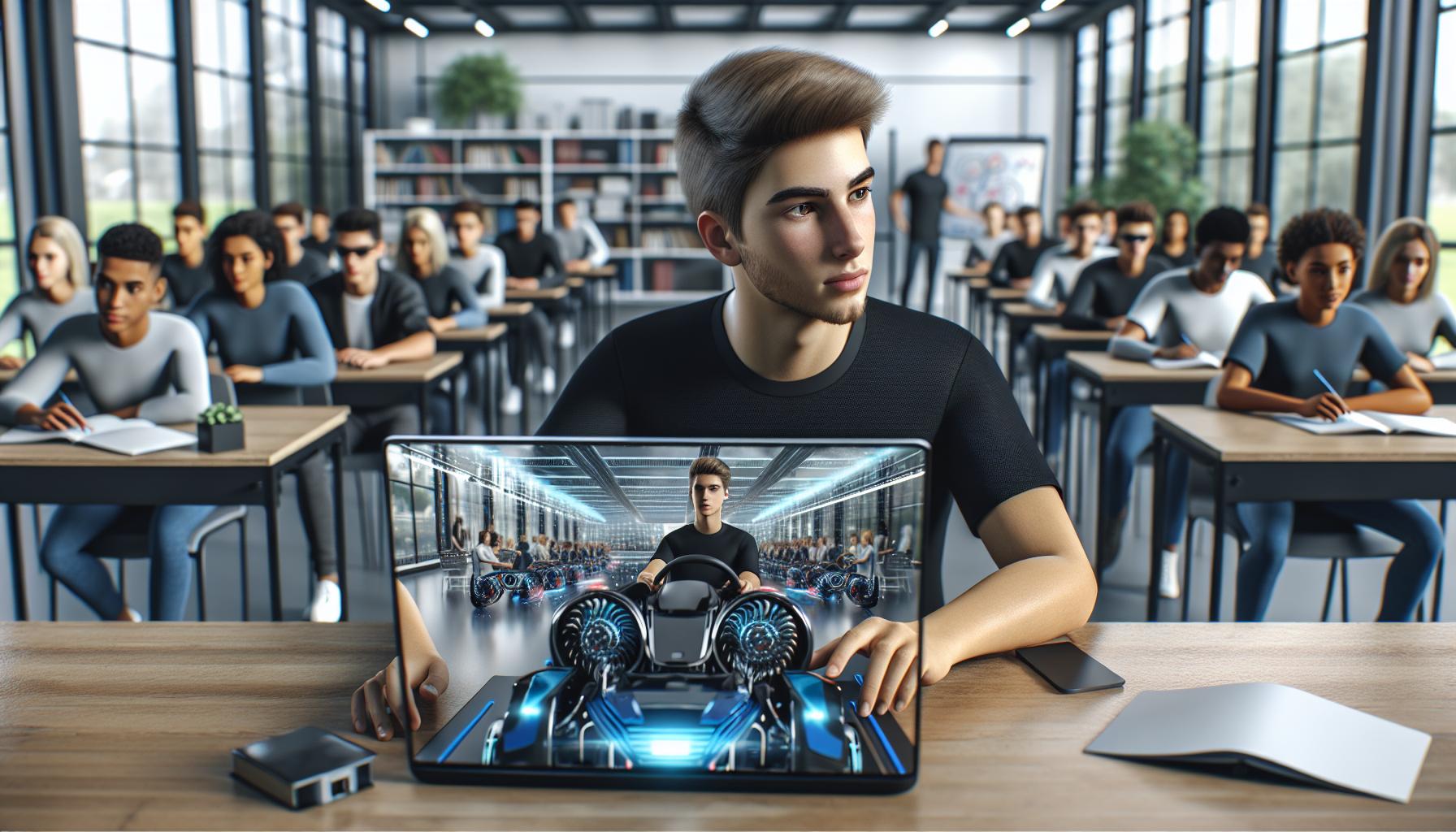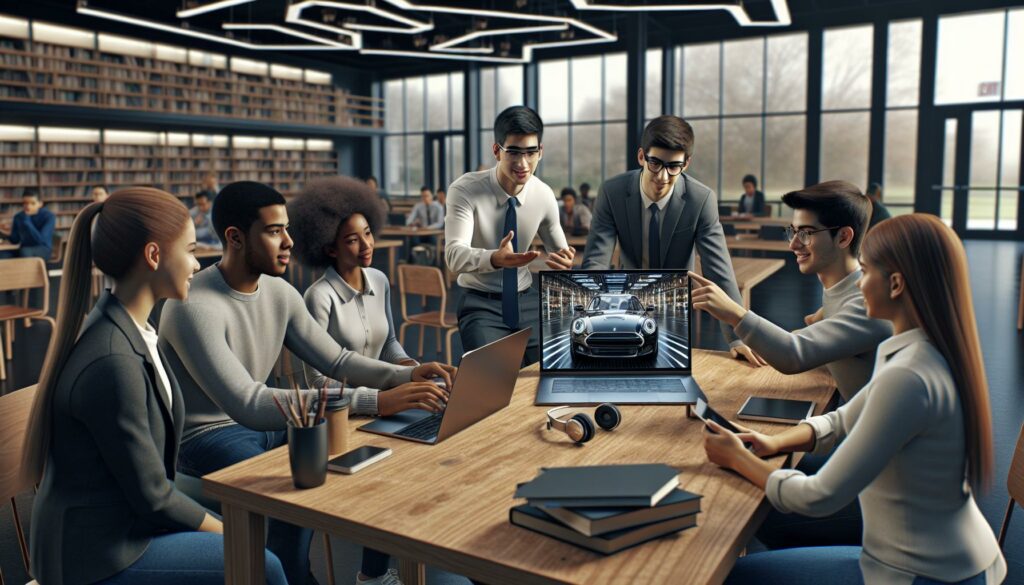Imagine zooming through your living room in a sleek virtual car, dodging furniture like it’s a high-speed obstacle course. With the power of ARKit and Unity, that dream can become a reality. This innovative course takes aspiring developers on a wild ride, teaching them how to create a drivable car in augmented reality.
ARKit and Unity: Build a Drivable Car in Augmented Reality Course
ARKit and Unity serve as essential tools for developing augmented reality experiences. They combine strengths to create immersive environments, enabling developers to bring creative ideas to life.
What is ARKit?
ARKit is Apple’s framework for AR applications. It provides developers with tools for motion tracking, environmental understanding, and light estimation. iOS devices leverage ARKit’s capabilities, allowing for realistic object placement in real-world settings. Creating interactive experiences becomes possible through features like face tracking and image detection.
What is Unity?
Unity is a versatile game development engine widely used for creating games and simulations. It supports 2D and 3D graphics, offering a comprehensive development platform. Developers harness Unity’s capabilities for building cross-platform applications, including those for AR. Rich asset stores and community resources facilitate rapid development and prototyping.
Course Objectives

This course aims to equip developers with the skills needed to create a drivable car in augmented reality. It combines the capabilities of ARKit and Unity to provide an engaging learning experience.
Learning Outcomes
Participants will master the arkit and unity: build a drivable car in augmented reality course techniques of AR development. They’ll gain experience in motion tracking, enabling realistic car navigation in physical spaces. Familiarity with Unity’s interface will enhance their ability to integrate graphics and animations. Understanding light estimation will allow for dynamic responses to environmental changes. With these skills, learners can effectively create immersive AR experiences that capture users’ attention.
Target Audience
This course caters to beginners in AR development and seasoned developers interested in enhancing their skills. Students aspiring to combine creativity with technology will find this course beneficial. Game developers seeking to explore new dimensions in augmented reality may also benefit significantly. Designers with a passion for interactive experiences will discover valuable insights and practical skills.
Course Structure

The course presents a well-structured path for learners to develop a drivable car in augmented reality. Each section builds on essential skills for creating immersive experiences.
Module Breakdown
Module one introduces ARKit fundamentals. Participants gain hands-on experience with arkit and unity: build a drivable car in augmented reality course tracking and object placement. Module two focuses on Unity basics. Learners will explore the interface and begin integrating assets. Module three emphasizes advanced AR techniques. Students work on dynamic lighting and environmental responses, cementing their understanding. Module four culminates in a project where participants combine skills to develop a complete AR experience. This structured approach ensures comprehensive understanding and practical application.
Key Topics Covered
Key topics span ARKit features and Unity functionalities. Motion tracking techniques enable realistic car navigation. Environmental understanding allows for object placement within real-world contexts. Light estimation optimizes the car’s appearance in various settings. Unity’s 3D graphics support enhances overall visual quality. As participants progress, they tackle user interaction principles, including gesture recognition and touch controls. These elements prepare learners to develop engaging and immersive AR applications effectively.
Hands-On Experience

Engaging in hands-on experience enhances the learning process significantly. Participants dive into practical applications from the start.
Building the Drivable Car
Crafting a drivable car requires a solid understanding of ARKit and Unity features. Developers learn to model car designs within Unity, utilizing 3D graphics for realism. Creating physics-based controls allows for responsive navigation. Students experiment with scripts for driving mechanics, enhancing user interaction. Visibility and collision detection are essential for a fluid experience, ensuring users can navigate seamlessly. Integration of sound effects and animations adds depth to the driving experience.
Integrating Augmented Reality
Augmented reality integration transforms the project into an immersive experience. ARKit enables recognition of surfaces, which facilitates accurate car placement in real-world environments. Developers utilize motion tracking to link car movements with user actions, creating a cohesive experience. Learning to manage virtual object scaling ensures realism within the AR space. Dynamic lighting adjusts according to real-world conditions, enhancing visual appeal. Collaborating with environmental features fosters user engagement, making the AR experience truly interactive.
Technical Requirements
Setting up for the course requires specific software, tools, and devices to ensure a smooth development experience. Participants should be prepared with the appropriate setup.
Software and Tools Needed
Unity 2020 or later serves as the primary development engine. ARKit works seamlessly with Unity, so ensure the latest version of Xcode is installed for iOS development. Visual Studio aids in scripting and debugging tasks, while Blender or similar 3D modeling software can enhance car design. Participants also benefit from Subversion or Git for version control, streamlining collaborative projects. Familiarity with this software empowers developers to maximize their learning and project outcomes.
Device Compatibility
Compatible devices play a crucial role in the AR experience. iOS devices such as iPhone 6s or later support ARKit, allowing for effective motion tracking and object placement. A minimum of 2GB RAM is recommended for smoother performance. Developers can also utilize newer iPads to access AR capabilities. Testing AR experiences on various devices enhances understanding of different compatibility aspects, ensuring broader audience reach for applications created in the course.
Building a Drivable Car
The course on building a drivable car in augmented reality offers an exciting opportunity for developers to dive into the world of AR. By leveraging ARKit and Unity, participants gain hands-on experience that equips them with essential skills for creating immersive applications.
As they progress through the modules, learners not only master technical aspects but also unleash their creativity in designing interactive experiences. This course is more than just a learning path; it’s a gateway to exploring the endless possibilities of augmented reality in game development and beyond.
With the right tools and techniques, developers can transform their ideas into engaging AR applications that captivate users and redefine their interaction with technology.



